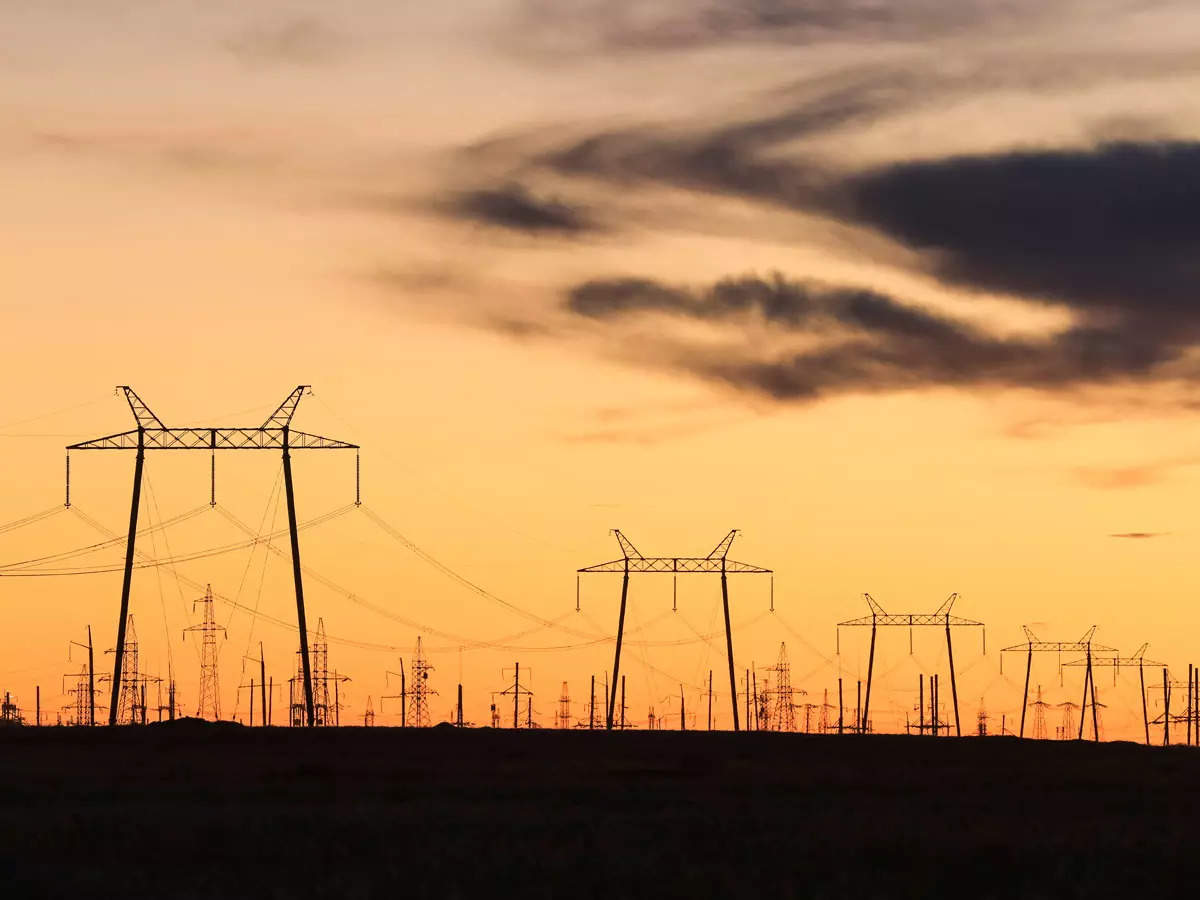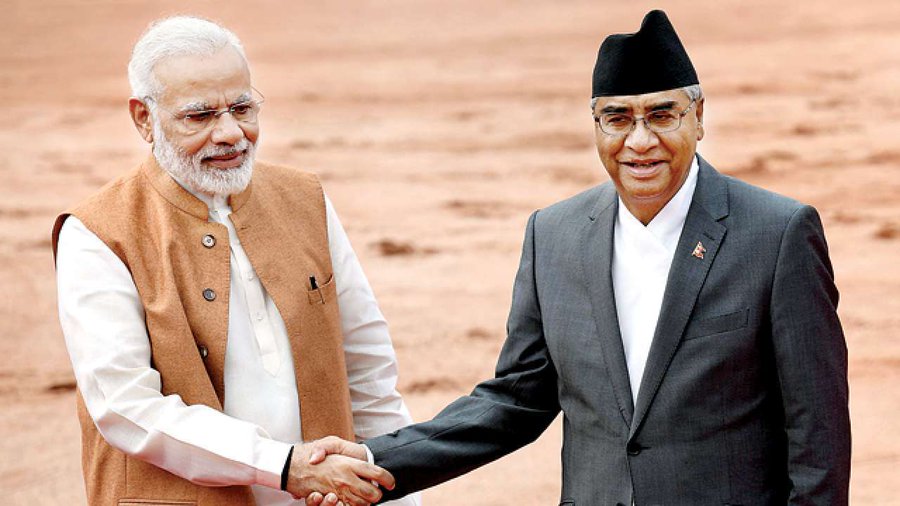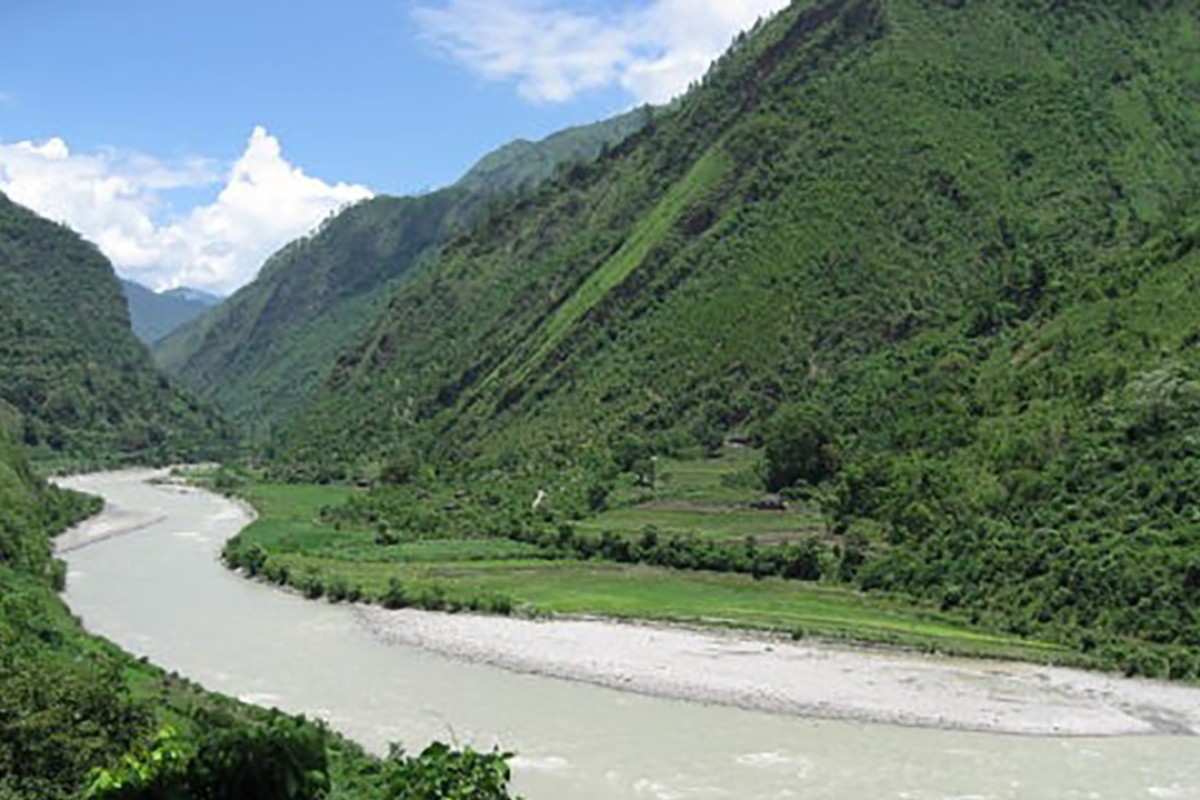What does it mean for China that Nepal has now awarded two joint storage projects totaling 1200MW to India?

The West-Seti Hydropower Project and Seti River Project (SR6), combined storage projects totalling 1200MW that China had twice abandoned, were officially granted by Nepal on August 18 to India’s National Hydro Power Corporation (NHPC). The undertaking will be a year-round energy storage system. India will receive power through its national grid, either for internal consumption or export.
Because it was “financially untenable and its relocation and rehabilitation expenses were too expensive,” the Chinese CWE Investment Corporation, a subsidiary of China Three Gorges Corporation, withdrew from the project in August 2018.
Snowy Mountain Engineering Corporation’s license had not been extended by Nepal prior to that time due to the Chinese company’s inability to start the work “convincingly” for a full decade in the middle of the 1990s. According to estimates, Nepal could generate 83,000 MW of power. However, the country only generates approximately 900 MW while having a potential of over 2,000 MW.
Even though Nepal is currently exporting 364 MW of power generated by six projects to India, the country produces much too much electricity during the rainy season and far too little during the dry season. The 750MW West Seti project and the 450MW SR6 project are spread across four districts in far-western Nepal: Bajhang, Doti, Dadeldhura, and Achham.
By storing additional wet season river flows in the reservoir and using this water to create electricity during dry season peak demand times, the West Seti project is intended to provide energy all year round (December-May). But for years, governance issues have been the main cause of Nepal’s electrical sector’s problems. The Nepal Electricity Authority, the country’s sole electricity supplier, is frequently the object of political involvement.
Furthermore, power purchase agreements and energy prices are frequently influenced by factors other than scientific or economic ones. According to observers, Thursday’s development also reflects a political choice. The prime minister, Sher Bahadur Deuba, is attempting to mend tense ties with India.
To compel Nepal to accept its ideas for the new constitution, India established an unofficial blockade in 2015 by halting crucial supplies. China swiftly complied with Nepal’s request for assistance.
Since then, tension has been building between India and Nepal. The bilateral relationship suffers if India overplays its hand, says Praveen Donthi, Senior Analyst (India) at the International Crisis Group, to TRT World. Don’t continue, “The Hydroelectric Power Project will go a long way in improving the bilateral relationship.
The energy produced by the two projects, according to Saumitra Neupane, executive director of Policy Entrepreneurs Inc., a Nepali think tank, would improve the power balance in the area and, from a geostrategic perspective, will firmly position India as Nepal’s main energy partner.
He claims that the secret to fulfilling Nepal’s objectives of hydro-led development is to increase electricity trade with India. India and Nepal began working together in 2013 when Satluj Jal Vidyut Nigam (SJVN) and GMR Energy were given the go-ahead to build 900 MW projects in Nepal. The 900 MW Arun 3 Project is nearly finished by SJVN, whereas GMR has yet to build the project. Following that, the 679 MW Lower Arun project was given to SJVN in 2021.
However, the largest project is situated on the Tamakoshi River in the Dolakha area of north-central Nepal, some 200 kilometers from Kathmandu, and was constructed by China. What does the most recent MoU between India and Nepal for the hydropower project mean for China, then? Although India has a big influence on Nepal, observers point out that the MoU does not guarantee that the Indian firm will finish the project.
Similar agreements between India and Nepal have already been inked and are now being implemented. Neupane, who is now examining the history of infrastructure diplomacy in Nepal and uses the 6500 MW Pancheswor Multipurpose Project as an example, notes that despite an agreement, bilateral dialogue on this project has continued since the 1990s.
On the other hand, as part of its Belt and Road Initiative (BRI) deal, China is now discussing several additional infrastructure projects with the government of Nepal, including various road and hydroelectricity projects. Recent completion and delivery of important infrastructure projects by China include the Pokhara International Airport.
Beyond the specifics of Nepal’s bilateral ties with China and India, both nations have shown a strong security interest in Nepal that is connected to their national security. “The open border and terrorism are the main issues for China, whereas Tibet is the main issue for India.” Therefore, having a presence in Nepal is in both countries’ best interests.
According to Neupane, this conflict has become increasingly evident as a result of China’s increased involvement in Nepal over the past 10 years, which also reflects China’s superpower ambitions in international politics. According to him, China’s rise and growing influence in Nepal is undermining the region’s power balance, which traditionally showed that South Asia was under Indian rule.
India and China will therefore continue to compete with one another for influence in South Asia, especially now that the US views India as a counterbalance to China in the Indo-Pacific area. According to Praveen Donthi, Senior Analyst (India) at the International Crisis Group, “This regional competition between India and China is only destined to get fiercer as it gets entangled with the great power conflict between the US and China.” While it may appear that India is opposing Chinese influence in Nepal, this is more of a mirage than anything more.
Indian to develop two hydropower plants in Nepal as China abandons projects
India will now proceed with the building of two hydroelectric projects in Nepal, the West Seti Hydropower Project and the Seti River Hydropower Project, some four years after China withdrew from these. The agreement was finally signed this week in Kathmandu. These projects are expected to cost $2.4 billion in total. After signing memorandums of understanding with the government, two Chinese companies dropped out of the projects, leaving Nepal in a jam.
On August 11, Investment Board Nepal and National Hydro Power Corporation Ltd. signed a Memorandum of Understanding to build the two Seti River projects. 1,200 MW will be generated in total by the projects. Four districts—Bajhang, Doti, Dadeldhura, and Achham—will receive the projects.
As agreed upon by Prime Minister Narendra Modi and his Nepalese colleague, Sher Bahadur Deuba, the relationship in the electricity industry would be strengthened. “Prime Minister Narendra Modi and I agreed on a vision statement for cooperation in the electricity industry during my most recent visit to India, highlighting the necessity of bolstering mutually beneficial bilateral cooperation in this area.”
Additionally, we had a fruitful discussion about this matter during Prime Minister Modi’s [SIC] visit to Lumbini, and I invited the interested Indian companies for the development of the West Seti Hydroelectric Project, “Deuba said following the signing of the agreement between Nepal and India’s National Hydro Power Corporation Ltd last Thursday.
Two Chinese businesses have left the West Seti Project. A Memorandum of Understanding (MoU) was signed by the government and China National Machinery and Equipment Import and Export Corporation (CMEC) in 2009 to construct the project. However, after two years, the firm turned around. A joint venture was established in 2017 by China Three Gorges International Corporation to carry out the project. In 2018, it withdrew from the project.
Edited by Prakriti Arora







